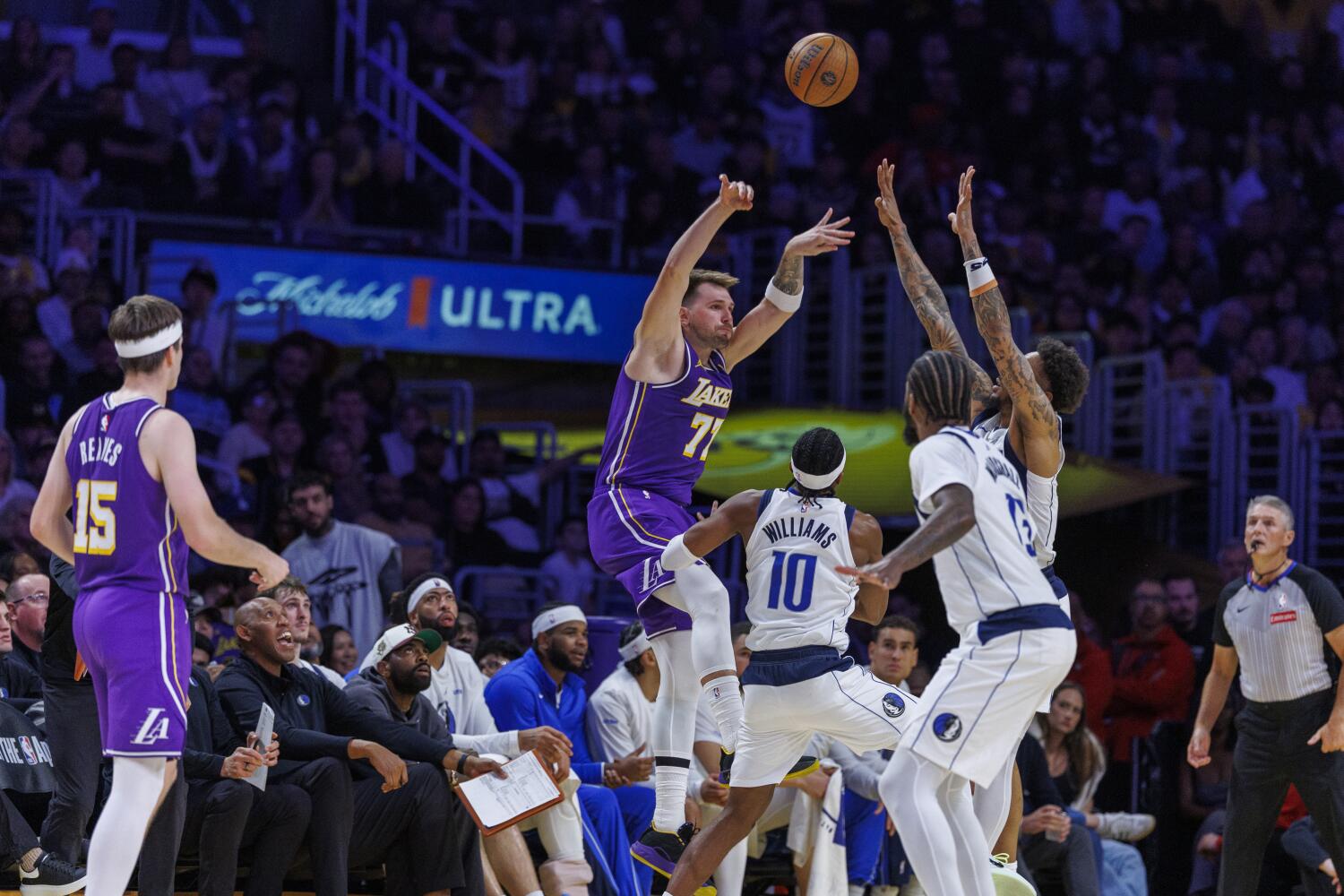
The Centers for Disease Control and Prevention recommended on Thursday that Covid vaccines other than Johnson & Johnson’s should be preferred, after its advisers cited increasing evidence that the company’s shots can trigger a rare blood clotting disorder now linked to dozens of cases and at least nine deaths in the United States in the past year.
The decision adopted a recommendation by an expert panel that effectively discouraged vaccine providers and adults from using Johnson & Johnson’s shot. New data showed that there was a higher risk for the blood clotting condition than previously known. The risk was greatest among women 30 to 49, estimated at 1 in 100,000 who had received the company’s shot.
Johnson & Johnson’s vaccine is not being removed from the market. It will remain an option for people who are “unable or unwilling” to receive the more popular shots from Moderna or Pfizer-BioNTech, the agency said.
The recommendation is the latest setback for a vaccine that has largely fallen out of favor in the United States. The company’s vaccine has not fulfilled its early promise as a traditional, one-and-done format that would be easy to deploy in more isolated or rural communities, or among people skittish about receiving two doses.
About 16 million people in the United States have received the Johnson & Johnson vaccine as their primary immunization, compared with 73 million fully immunized with Moderna’s vaccine and 114 million with the Pfizer-BioNTech shots. Among Americans who have received a booster, just 1.6 percent chose Johnson & Johnson.
This week, the Food and Drug Administration issued updated guidance on the risks of the blood clotting disorder linked to Johnson & Johnson’s vaccine, but reiterated that the benefits outweighed its risks.
Dozens of countries have authorized Johnson & Johnson’s vaccine and have been using it as part of their immunization campaigns. But while it remains in high demand in some parts of the world, it has lost popularity in many countries because of safety concerns and its relative lower effectiveness against Covid.
Some governments have already moved to put restrictions on Johnson & Johnson’s shot because of the blood clotting risk. Finland, Denmark and Slovenia stopped using it, and several other nations have ranked it lower for use than Pfizer-BioNTech’s and Moderna’s vaccines. Some countries also have advised doctors to counsel women under 50 of the potential risk.
The C.D.C. panel’s recommendation lands in the middle of a surge in virus cases driven by the Delta coronavirus variant and Omicron, the latest version that has already become dominant in some countries and is spreading fast in Britain and the United States.
The Coronavirus Pandemic: Key Things to Know
Several laboratory experiments suggest that a single dose of Johnson & Johnson’s shot may offer little defense against infection with Omicron. The company said late last month that it was testing blood samples from clinical trial participants who have received its shot as a booster to see how their vaccine-induced antibodies fare against Omicron.
At Thursday’s meeting of the Advisory Committee on Immunization Practices, C.D.C. officials went into detail on the clotting-related syndrome identified in 54 people in the United States who received the shot before the end of August. Overall, the rate of the condition was 3.8 cases per one million people given the vaccine.
People who received a Johnson & Johnson shot months ago are not thought to be at risk for the clotting condition because the onset of symptoms typically occurred about nine days after vaccination in the diagnosed cases.
An increased risk for the condition has also been linked to the shot from AstraZeneca, which is not authorized in the United States. It has not been linked to the Moderna or Pfizer vaccines.
Evidence has increasingly shown that one dose of Johnson & Johnson’s shot offers much less protection against infection than other vaccines. Federal health officials in October authorized boosters for people who had received a single shot of the company’s vaccine at least two months earlier. They allowed for a “mix and match” approach, allowing people to get a second shot, but of a Pfizer or a Moderna vaccine.






